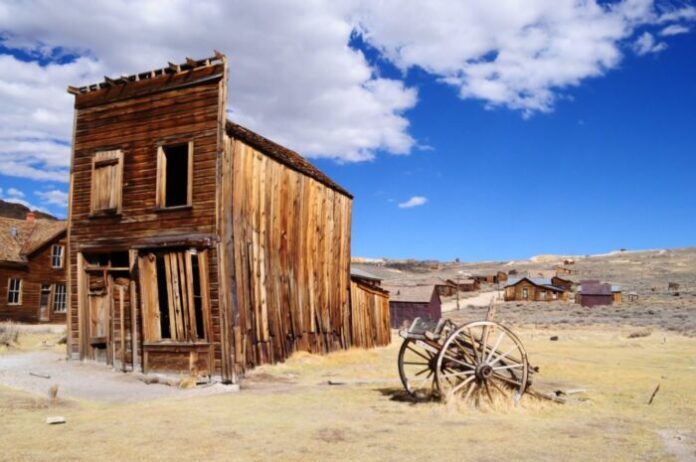
In recent years there has been growing attention from tourists to the “ghost towns”, places of abandonment that could come back to life.
In Italy, the last Istat census recorded about 6000 completely abandoned countries; an immense heritage that places Italy among the Mediterranean areas with the highest number of uninhabited buildings and centers.
The experience of visiting a ghost town is certainly exciting and rewarding: you can enjoy immersion in nature and a closer contact with culture and history, but without giving up a pinch of adventure spirit.
The ghost towns are open-air museums whose history is often linked to voluntary or involuntary abandonment for environmental problems due to hydrogeological instability (floods, landslides, earthquakes), as a consequence of the depopulation phenomenon for political or economic reasons or as a result to epidemics.
Immersed in nature or perched on top of a mountain or hill, these villages offer tourists the opportunity to get to know the architectural and artistic heritage they guard and the enjoyment of spectacular landscapes and panoramas.
Walking through the ruins is a bit like breathing in the past and lived stories. You can observe an entrance and ask yourself what secret lives populated those environments, what their thoughts were, what hopes and what dreams they had to leave hidden between one room and another, between a floor and a floor. It is exciting to notice the nature that forcefully regains its places with force, almost arrogant: flowers and herbs creep into the cracks in the road pavement, creating new natural carpets; small plants take root on the walls or among the stones amassed in collapses inside the houses.
To reach abandoned countries it is often necessary to climb up hills and mountains, to cross pastures and woods. The visitor can savor the pleasure of the excursion through magical natural landscapes; it is not difficult to see rocks shaped by time or to admire the biodiversity of fauna and flora.
Nature and construction are the main ingredients of the trip. An unmissable opportunity also forphotography lovers: there are countless glimpses to be captured, the striking details that can surprise the eye even in buildings that apparently seem more insignificant. A window ajar, a nail left to wait, a wall with peeling plaster, a panoramic view of the valley: memories of a soul’s journey to discover the past to be enchanted in a photograph.
Getting around ghost towns is a form of sustainable tourism that also attracts a large number of tour operators, attracted by the potential that derives from the creation of accommodation facilities and from the planning of a site use activity.
The villages completely abandoned and not yet enhanced are flanked by villages where tourist guides accompany visitors along pre-established routes, providing historical and naturalistic information about the place; the itineraries are often enriched by a varied food and wine offer. Going to a ghost town can truly be a totalizing experience.
In many cases the villages are recovered and re-functionalized also through ambitious engineering projects. A recent and worthy example is the “Ghost Town Refuge” competition: architects and designers are invited to imagine a widespread system of accommodation facilities within the ruinsof ancient Craco to allow tourists to spend a few days inside the village.
From places of abandonment to places of rebirth: the ghost towns are countries that come back to life, continuing to tell us about the intimate and wonderful adventure of man and the environment.



































